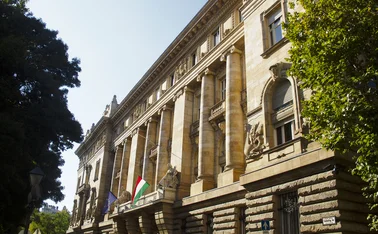
Central Bank of Iceland’s Már Guðmundsson on crisis management and capital controls
Miracles and misconceptions

The over-heating Icelandic economy of the mid-2000s went into meltdown in October 2008, with the collapse of almost 90% of the country’s banking system. The debt of Icelandic banks at that time stood at 10 times the country’s GDP. As the banking system imploded, a foreign currency crisis ensued and Iceland plunged into recession – the country’s experiment to become an international financial centre came to an abrupt end.
As the events took place at the height of the global financial crisis
Only users who have a paid subscription or are part of a corporate subscription are able to print or copy content.
To access these options, along with all other subscription benefits, please contact info@centralbanking.com or view our subscription options here: subscriptions.centralbanking.com/subscribe
You are currently unable to print this content. Please contact info@centralbanking.com to find out more.
You are currently unable to copy this content. Please contact info@centralbanking.com to find out more.
Copyright Infopro Digital Limited. All rights reserved.
As outlined in our terms and conditions, https://www.infopro-digital.com/terms-and-conditions/subscriptions/ (point 2.4), printing is limited to a single copy.
If you would like to purchase additional rights please email info@centralbanking.com test test test
Copyright Infopro Digital Limited. All rights reserved.
You may share this content using our article tools. As outlined in our terms and conditions, https://www.infopro-digital.com/terms-and-conditions/subscriptions/ (clause 2.4), an Authorised User may only make one copy of the materials for their own personal use. You must also comply with the restrictions in clause 2.5.
If you would like to purchase additional rights please email info@centralbanking.com test test test








